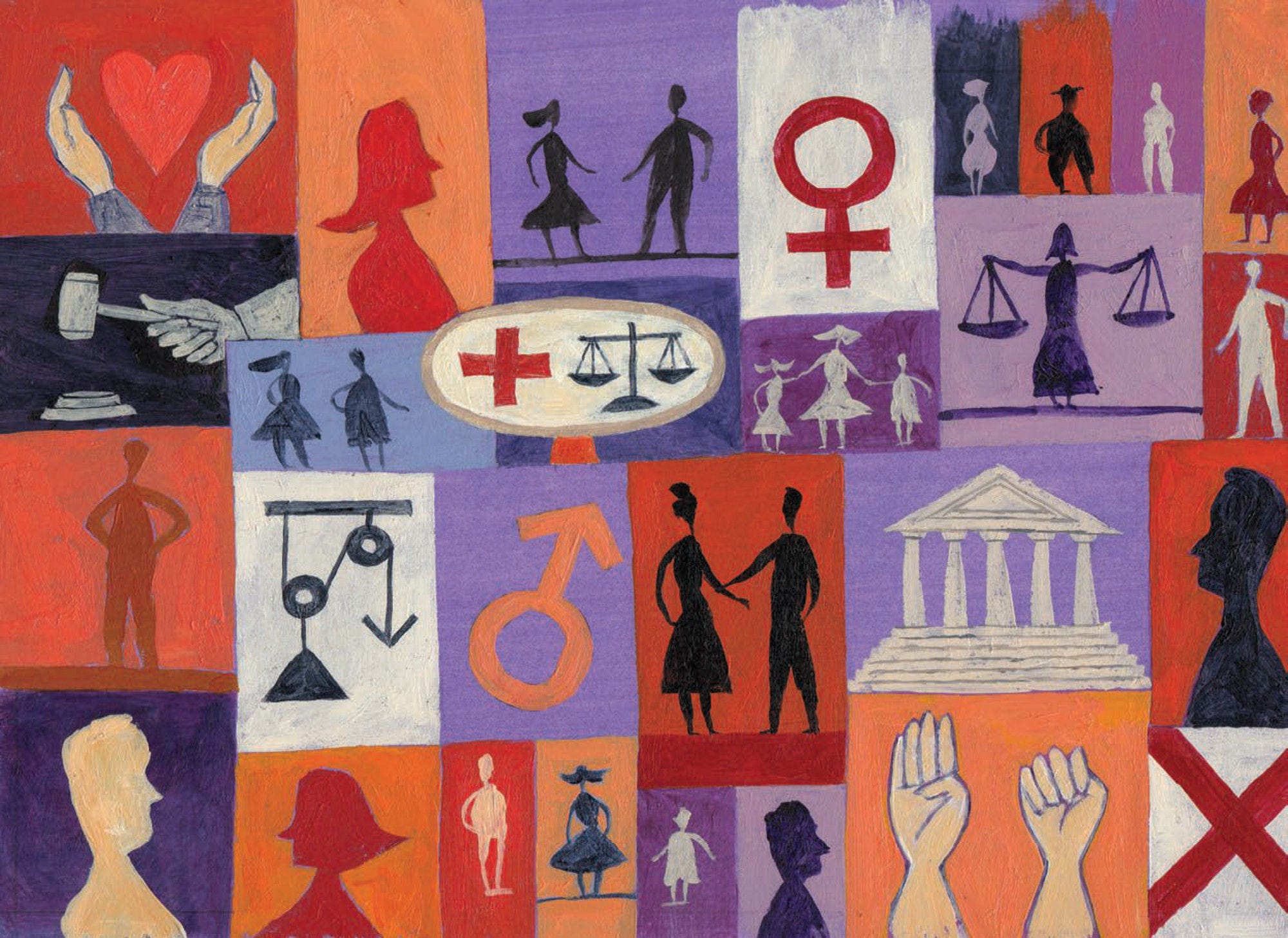Many OECD governments regularly identify violence against women as the top gender equality issue their country faces. Yet in all countries, addressing this multifaceted issue presents serious governance and implementation challenges as victims/survivors have complex needs both during and after experiences of violence. Different service delivery providers such as health, justice, housing and social protection must work together seamlessly – across governmental and non-governmental providers – to provide an effective response. This report presents a stocktaking of OECD governments’ efforts to integrate service delivery to address the most prevalent form of gender-based violence against women: intimate partner violence. It presents an overview of different strategies for coordinating key services commonly offered in OECD countries: healthcare, justice, housing, child services, income support, and preventative programmes to stop the reoccurrence of violence. Based on extensive feedback from 35 out of 38 OECD countries and a consultation with non-governmental service providers, this report identifies best practices and investigates the barriers to resolving one of the most pressing human rights issues in OECD countries today.
Supporting Lives Free from Intimate Partner Violence

Abstract
Executive Summary
As OECD countries slowly recover from the COVID‑19 pandemic, another crisis continues unabated: that of gender-based violence (GBV) against women.
Violence against women (VAW) was aptly labelled the “hidden pandemic” at the height of COVID-19, when many women were trapped at home with their abuser. Yet heightened public discourse around VAW, OECD governments’ regular acknowledgement of VAW as a priority issue, and the transition to a post-COVID “normal” have done little to improve outcomes for victims/survivors.
For all countries, addressing this multifaceted issue presents a serious governance and implementation challenge. Women victims/survivors of GBV have complex needs both during and after experiences of violence. Threats to their health include physical injuries, unintended pregnancies, sexually transmitted infections, pregnancy complications, mental health problems, homicide, and suicide. Victims/survivors also often need legal advice, housing support, and help for their children, thus requiring a diverse range of services from government and other providers. Different policy and service delivery spheres such as health, housing, justice, employment, and education must work together seamlessly.
Far too often, however, the problem of gender-based violence is met with insufficient funding and inadequate co‑ordination across the many stakeholders involved.
This report digs deep on a critical component of any public policy response to violence: integrated service delivery (ISD) for women victims/survivors, with a particular focus on intimate partner violence (IPV). The findings are drawn from a comprehensive survey of 35 OECD governments and a consultation with non-governmental service providers in twelve OECD countries.
This report finds that ISD is most frequently introduced at entry points in health care, emergency housing, and police services. These sectors are increasingly interconnected and have linkages to income support, child-related services, and legal assistance. Many of these ISD practices rely on case management, referral systems, and/or physically co-located delivery.
To promote ISD on the ground, governments must adopt a whole-of-state approach to gender equality generally and GBV specifically. This means ensuring reliable, adequate, and well-organised funding for co‑ordinated services. It also requires policy coherence across agencies and levels of government so that policies reinforce each other. Local governance of ISD is crucially important, given that service delivery often occurs at the subnational level, yet central governments nevertheless play a key role in promoting ISD – for example by providing funding and frameworks for joint work.
This report also finds that data-sharing capabilities across agencies must be strengthened. Data sharing across providers can reduce clients’ application costs (in time and energy); reduce the trauma associated with repeating accounts of violence to different providers; and improve client safety by better tracking risks across repeated incidents of violence. Ideally, such a system would also integrate perpetrator-related interventions as a means of tracking accountability and recidivism. Of course, any data sharing strategy must include strong privacy protections to ensure victims/survivors’ security.
While OECD governments have trialled and implemented a multitude of ISD strategies, especially across the sectors of health, housing, and justice, very few of these programmes have been rigorously evaluated. Better and more regular programme evaluations are essential to understand whether – and to what degree – integrated approaches work better than more siloed strategies.
Most importantly, a trauma-informed, victim/survivor-centred approach is crucial. Clear lines of communication must connect local service providers with national policy makers to enable better and more victim/survivor-centred service delivery. Such approaches could include regular stakeholder engagements or surveys to promote the co‑creation of good policies. At the same time, a focus on perpetrators is critical, too. Governments must prevent the reoccurrence of violence and make sure that perpetrators are held accountable. Governments can work with perpetrators not only through the criminal justice system, but in multi-dimensional ways that can improve offender accountability and potentially produce long-term behavioural and cultural change.
Gender-based violence has been, and continues to be, one of the greatest human rights challenges facing OECD governments. It is beyond time for governments to commit to planning, funding, and administering a co‑ordinated policy response that puts victims/survivors at the centre of comprehensive service delivery.
Related publications
-
 26 June 2024
26 June 2024





